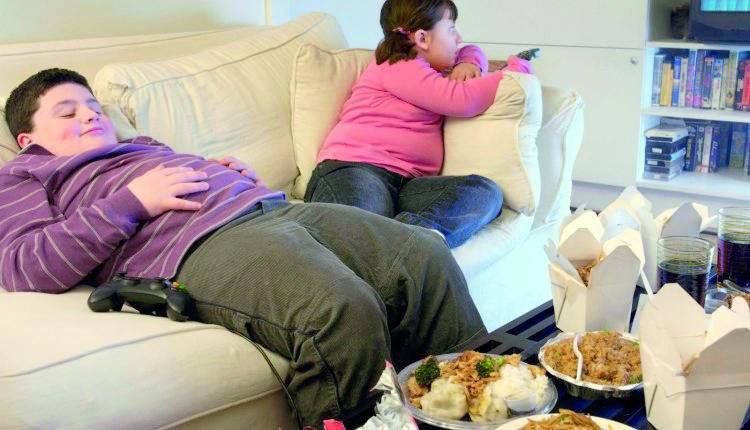A new study has shown that teenagers suffering from obesity are at a higher risk of experiencing a stroke before they turn fifty compared to their peers with normal weight. According to a report by the "Daily Mail," citing the journal Stroke published by the American Heart Association, researchers analyzed body mass index and health data collected from 1.9 million individuals aged 16 to 20 in the 1980s, along with data on whether they had experienced a stroke and when during follow-up appointments.
Clinically Severe Obesity
The researchers discovered that while overweight teenagers were twice as likely to suffer a stroke by the age of fifty, clinically obese teenagers were three times more likely to experience a stroke. With obesity and stroke rates among teenagers and adults under fifty continuing to rise globally, the precise link between the two conditions remains unclear.
Poor Functional Outcomes
Dr. Gilad Tuig, a co-researcher in the study, stated that these findings underscore the importance of effective treatment and prevention of excessive body mass index during adolescence. The researchers also found that adults who survive strokes early in life, before the age of fifty, face poor functional outcomes, leading to unemployment, depression, and stress.
Medical Examination Over a Quarter Century
The research team utilized data from the participants in the study, totaling 1.9 million individuals who underwent a comprehensive medical examination between 1985 and 2013. During this period, 1,088 strokes occurred, with an average age of the first stroke being 41 years. The researchers found a direct correlation between body mass index in teenagers and the risk of stroke.
Lower Normal Weight
Furthermore, compared to cases from participants in the low normal weight BMI group, it was revealed that overweight teenagers were at double the risk of stroke before the age of fifty, while obese teenagers faced a risk that was 3.4 times higher.




